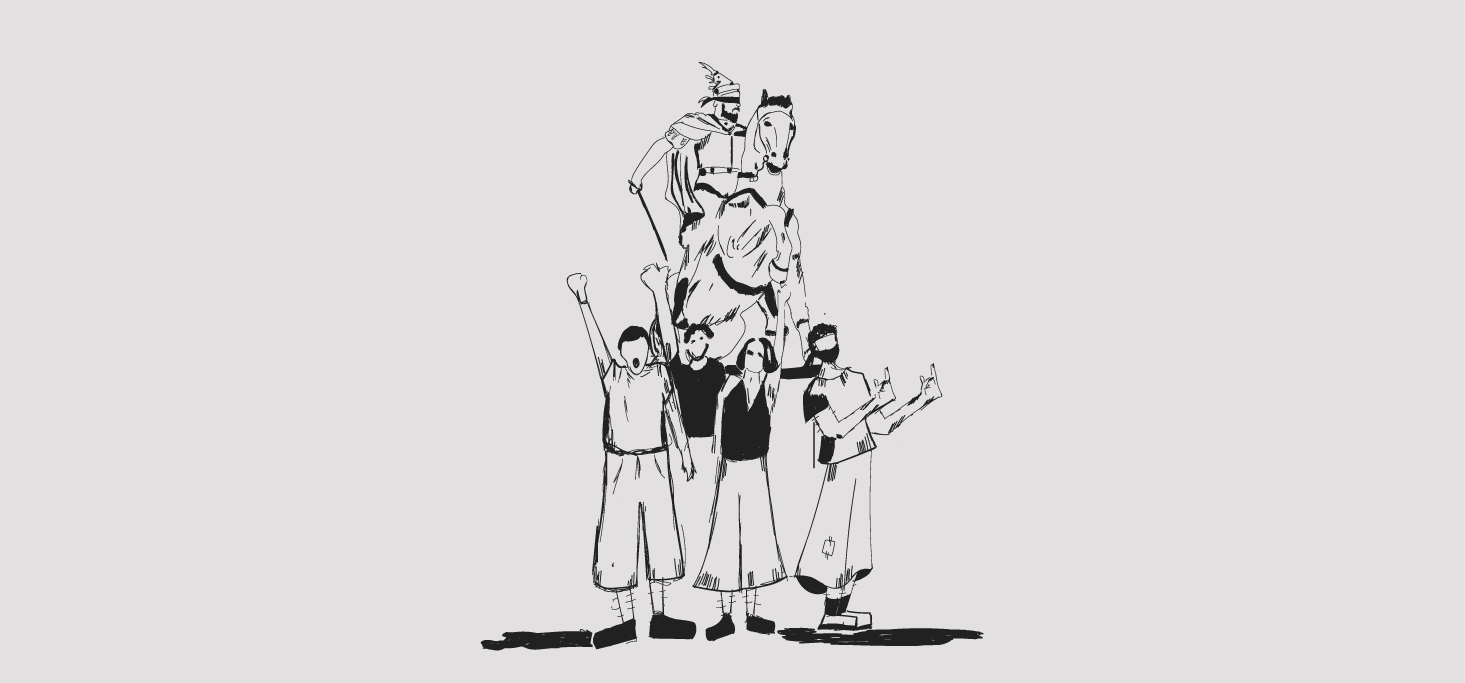
Can Kosovo’s youth create a political culture?
And how a small artistic act hopes to get it started.
|18.06.2020
|
A “lack of political culture” is a somewhat damning indictment of a nation that is home to the youngest populace in Europe.
The findings make clear that youth involvement is encouraged only to attract votes, relegating any possibility of influence from Kosovo’s younger citizens.
These findings illustrate the sense of frustration that is felt among Kosovo’s youth, but they certainly do not overlook the possibility of change.

Din Havolli
Din Havolli is an editor at K2.0. He has a master’s degree in Contemporary Literature from the University of Liverpool. His research interests lie in twentieth-century literature and culture, trauma studies, postcolonial theory, and the short story genre.
DISCLAIMERThe views of the writer do not necessarily reflect the views of Kosovo 2.0.
This story was originally written in English.